



As a scorching April afternoon paves the way to a pleasant dusk in Kalu village, 90 kilometres northeast of Bikaner in the Indian state of Rajasthan, Prakash Naik shepherds his flock of 50 goats down a sand-dune. Prakash and the cattle are weary after their day-long journey in the Thar desert. Gulping water from his cloth-wrapped bottle, he says, “The temperature is rising. Rainfall is getting scantier.”
Pastoralists like Prakash are not unfamiliar with such hot conditions in a region where temperatures soar above 50 degrees Celsius in summers. But the rising temperatures have led to acute water shortages in recent years. Twenty-three year old Prakash asks, “When there is a drinking water shortage, how can we provide water for the cattle?”
Cattle rearing is the primary source of livelihood in Kalu village, where the rainfall is not sufficient for agriculture. The natural water bodies in the area have also been drying up in recent years. Coupled with diminishing green pastures for cattle, pastoralists in the region are facing an uncertain future because of the impacts of climate change.
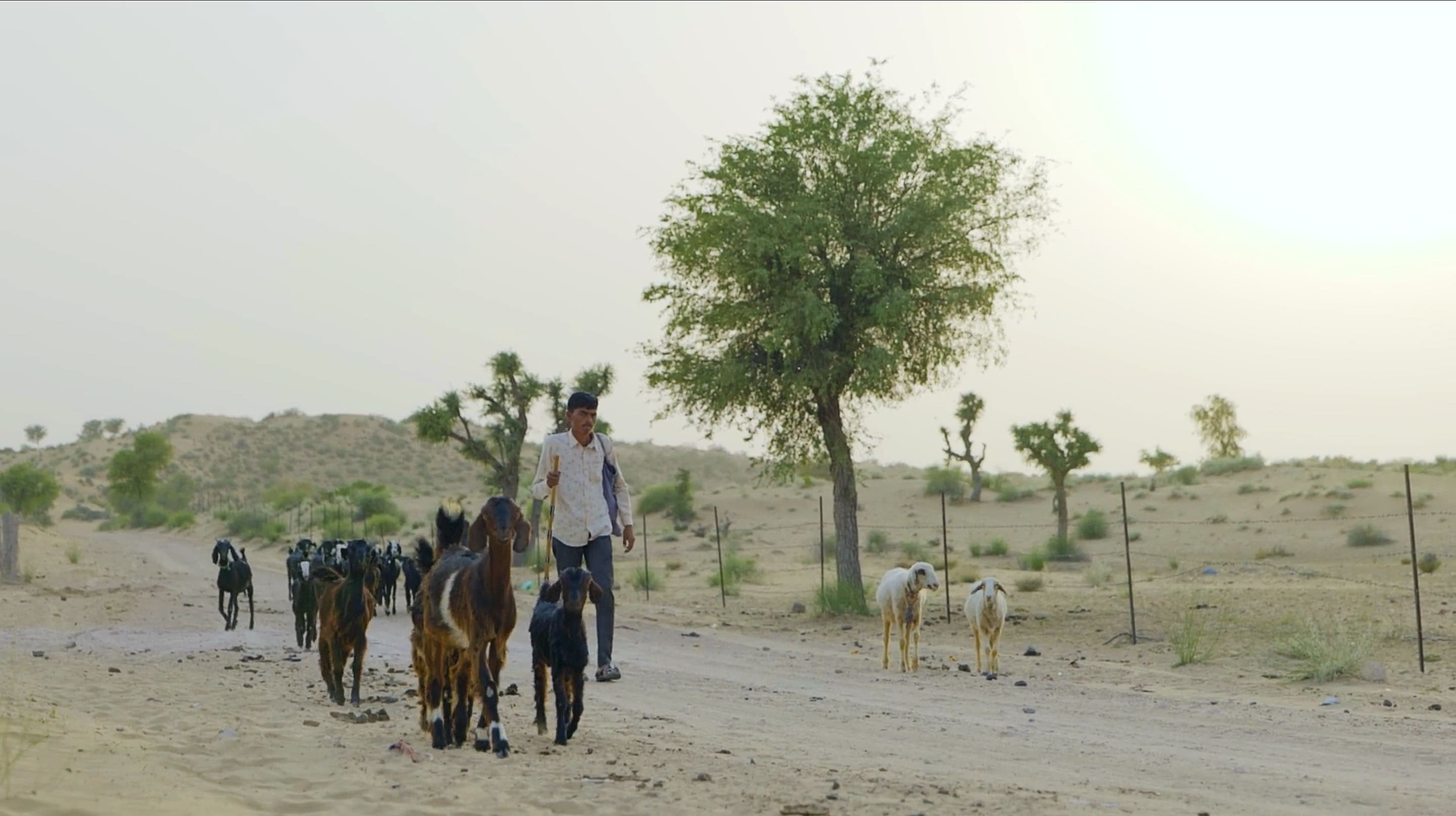
According to CEEW analysis, Rajasthan has recorded a six-fold increase in droughts since 2000. Photo: Shawn Sebastian
In an effort to help traditional pastoralists build climate resilience across the desert, Urmul Trust, a non-profit organisation, set up a Common Facility Centre (CFC) for shepherds and cattle in the village. Built under the aegis of the National Rainfed Area Authority (NRAA) of India and the Food and Agriculture Organisation (FAO), the facility ensures that the animals get timely fodder, water and health-care services.
Mola Ram, a Field Coordinator at Urmul Trust, says that the pilot project can be scaled up and replicated across the desert ecosystem. Detailing the infrastructure at the centre, Ram says, “We have constructed six-seven large water tanks, each of which can hold up to 20,000 litres of rainwater. If there is a drought, people can depend on this water for months.”
Another unique aspect of the centre is its climate-resilient architecture. Constructed with materials sourced locally, the centre remains cool in the summer and warm during winters. Rooftop solar panels are the source of power supply given its remote location.
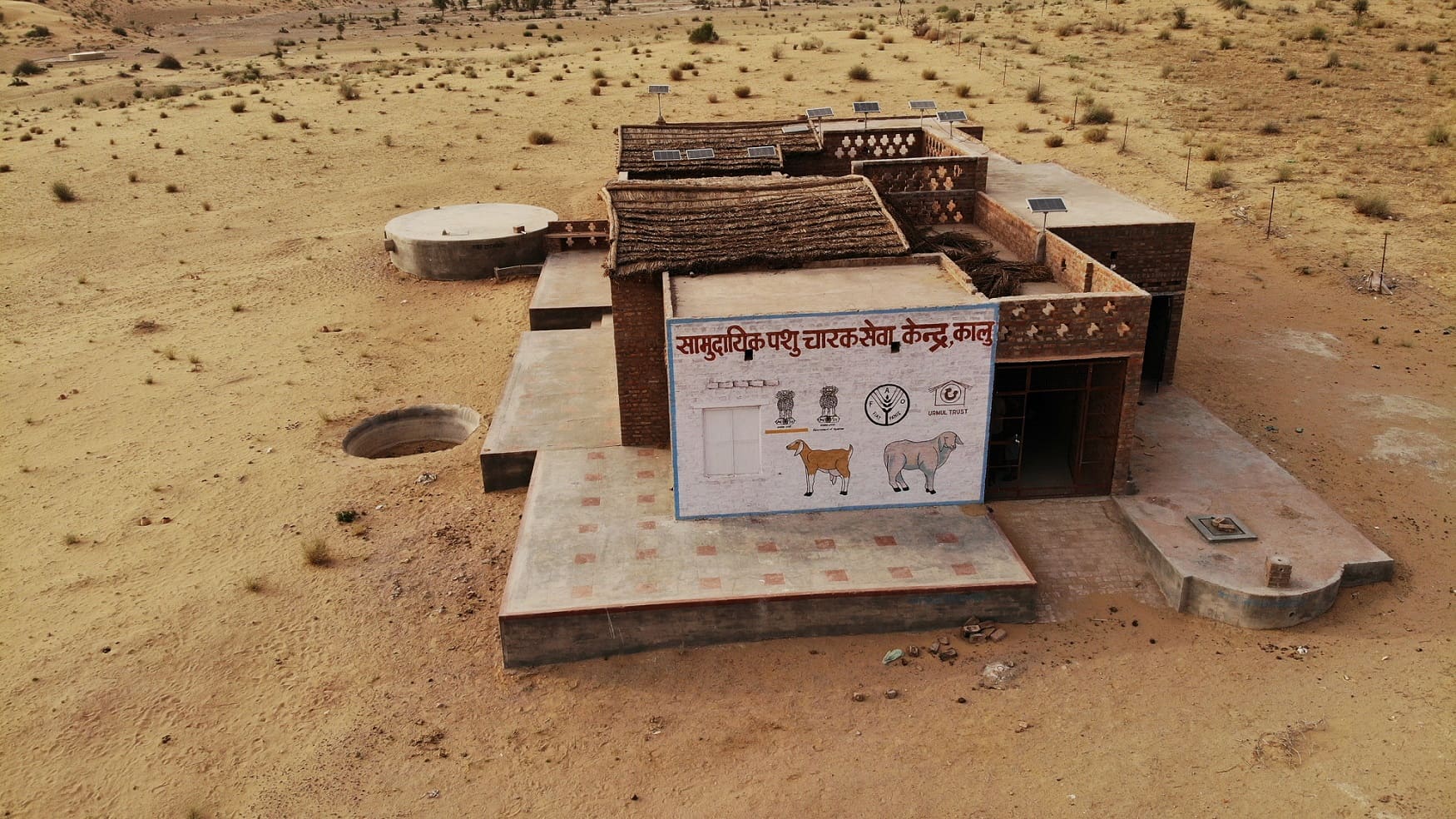
The CFC has been constructed with locally sourced materials that help to keep the temperature in check across seasons. Photo: Shawn Sebastian
In the scorching summer months, Prakash and his flock have been frequenting the centre. The cattle forage on vegetation around the centre. There is also enough water stored in the tanks. “If not for this centre, many of our cattle would have perished for want of fodder and water,” Prakash says.
While the centre is still in its pilot stages, the initiative at Kalu village shows that climate-resilient community shelters can reduce the exposure of pastoralists to extreme climate events.
Watch the full film here.
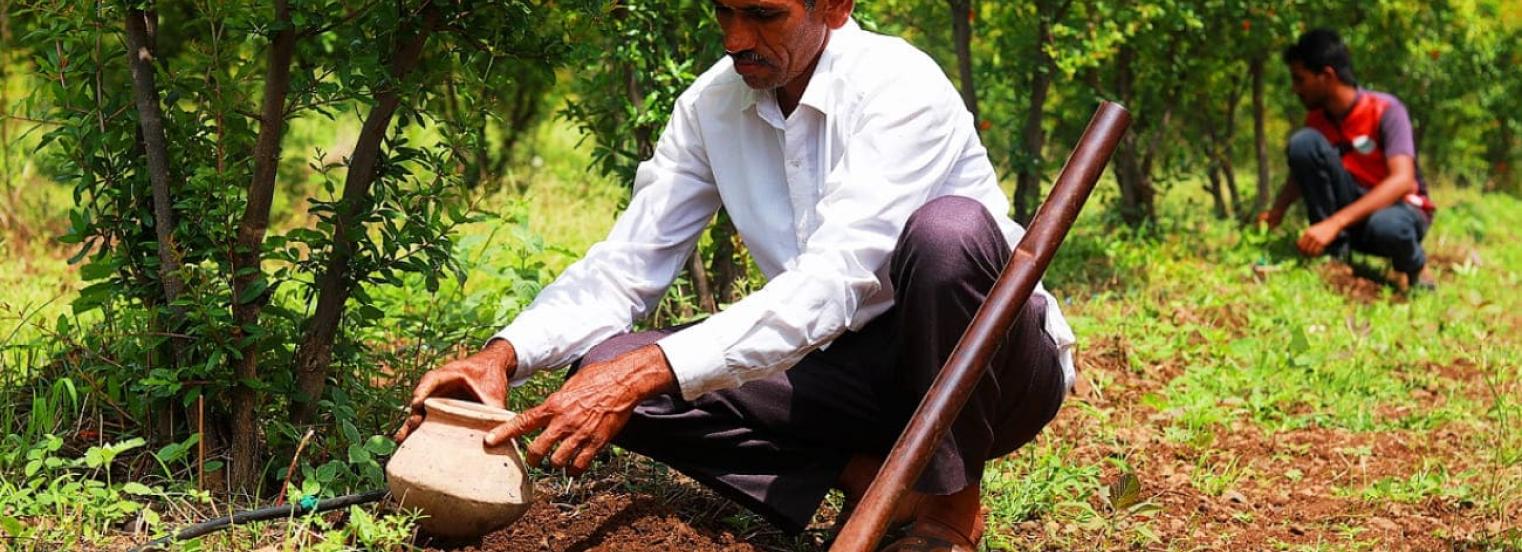
How an Ahmednagar farmer is adapting to drought
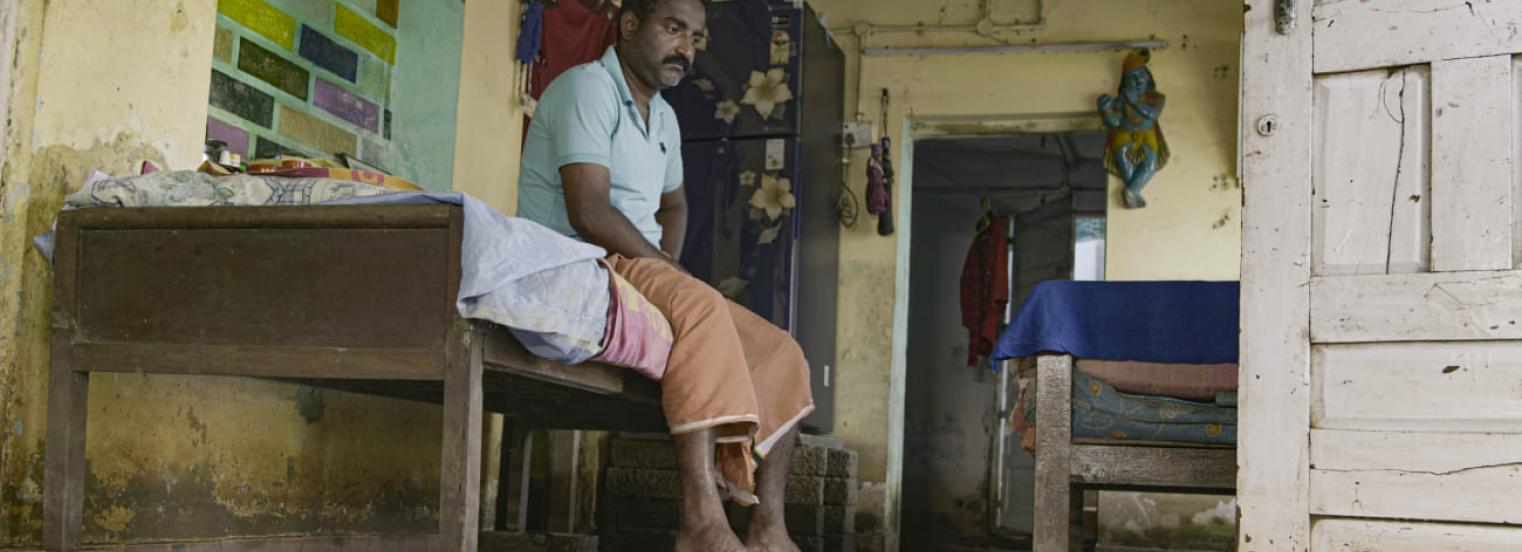
How Kerala’s Kuttanad is building climate-resilient houses
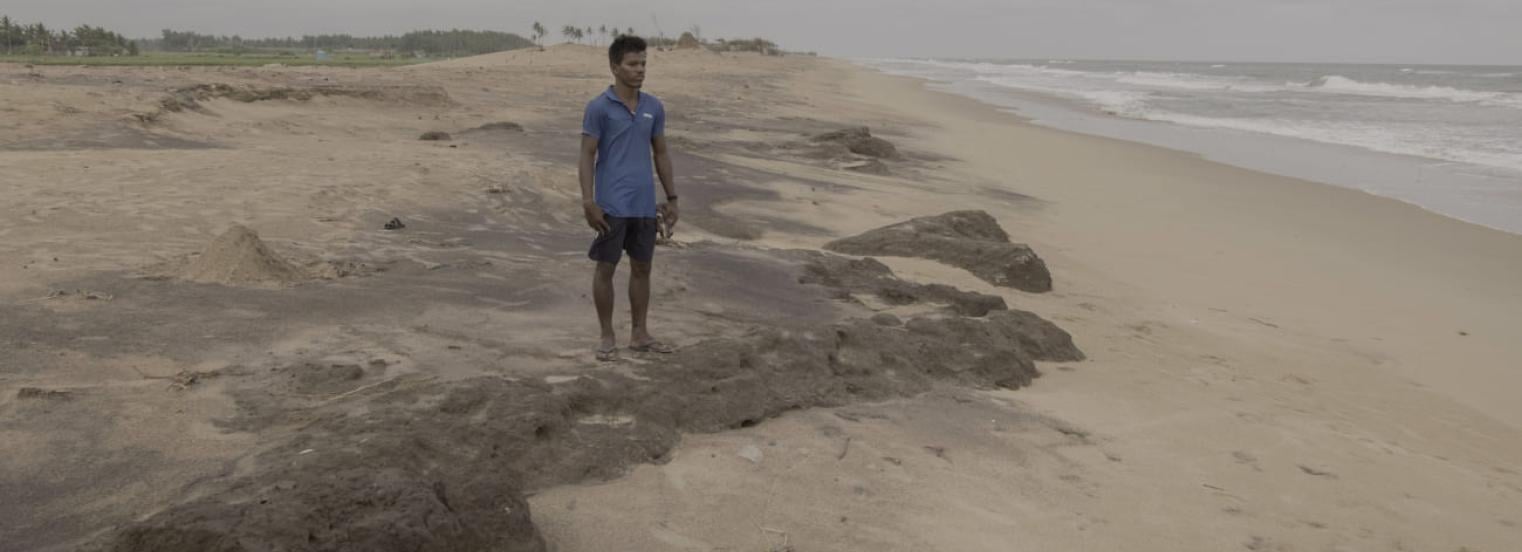
Relocated Odisha villagers call for climate-proofing livelihoods